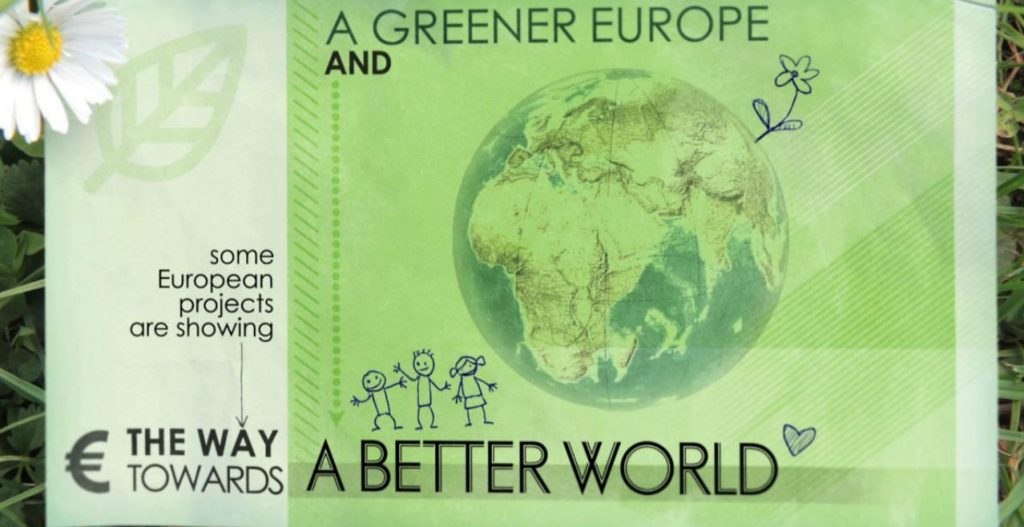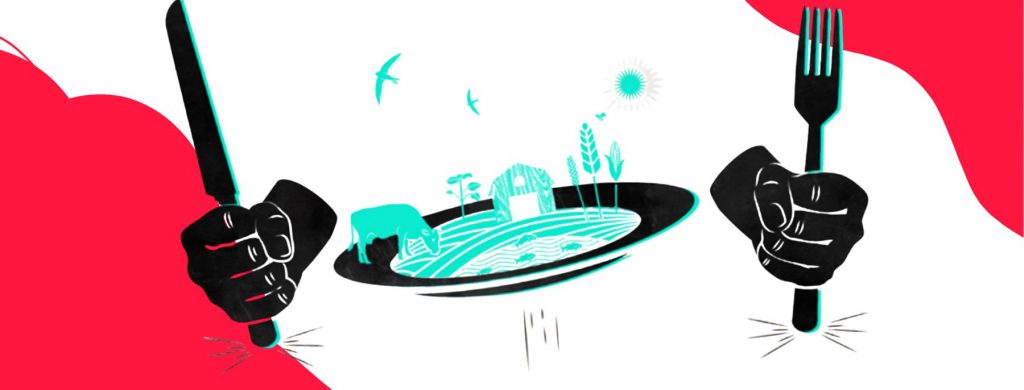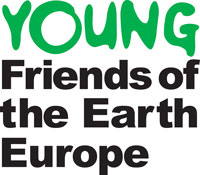Following final agreement today by the European Parliament on EU Cohesion Policy spending for the next seven years, CEE Bankwatch Network and Friends of the Earth Europe are calling on eastern European countries to now make the most of the funds available and commit to quality spending.
The groups are urging member states to use the EUR 322 billion European Structural and Investment Funds to make a real difference for people and planet in the forthcoming EU budgetary period.
Markus Trilling, EU Funds coordinator for Bankwatch and Friends of the Earth Europe, commented: “The onus is now on national governments to prioritise quality spending of the EU funds as they race to finalise their 2014-2020 spending commitments. We want to see the commitment to 20 percent green spending, agreed by European leaders back in February, at the very least respected, if not exceeded, in the weeks ahead. Unfortunately, preliminary analysis shows that the 20 percent green goal may not be met by some countries – the European Commission should step in to make sure it is.
“The minimum of EUR 23 billion dedicated to catalyse ‘the shift to the low carbon economy’ should support communities in their efforts to establish sustainable local energy solutions and not be put into the pockets of large energy companies burning unsustainable biomass.
“Priority for green spending of the EU budget is the best possible option for governments that want to create jobs, cut ever-increasing energy bills for consumers, reduce reliance on fossil fuels, improve air quality and preserve the abundance of Europe’s natural heritage.”
In February this year, EU leaders agreed to earmark 20 percent of EU Funds for 2014-2020 to ‘green’ spending. However, progress towards this target remains uncertain. This week Bankwatch and Friends of the Earth Europe released data that reveals how eight new member states are failing to fully capitalise on these climate funds that would help to decarbonise their economies.
The groups are thus urging national governments and the European Commission, which is currently monitoring member state EU spending plans, to make more effort to ensure all EU members use 20 percent of their 2014-2020 EU funds for climate action.
“Eastern European countries are the most energy-intensive in Europe and are shooting themselves in the foot by underspending climate funds or allocating them to other areas. These green funds are a not-to-be-missed opportunity to channel public investments into the long-term health and wellbeing of citizens and our planet,” concluded Trilling.







